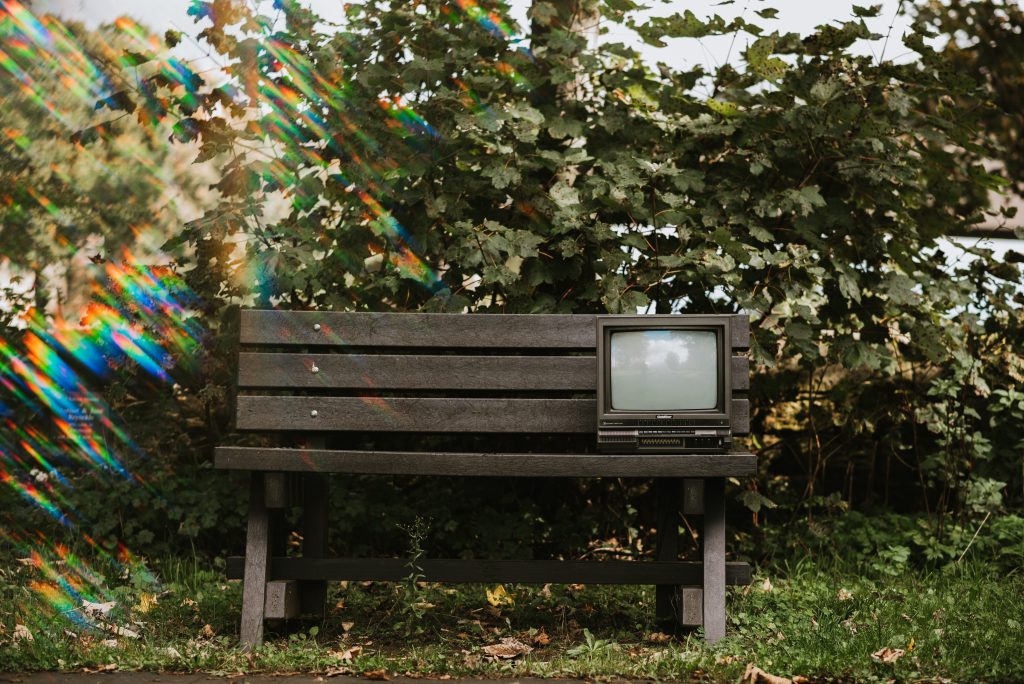The latest comic in our Whatever People Say I Am series explores student experiences during lockdown. This video includes some of the interviews that helped identify themes for the comic.
For the past couple of years, I’ve been working on a comic about student experiences during lockdown. The idea was to create a space that would provide a creative outlet for students and as a means of building community during a difficult period of their lives. This is important to me, particularly in academia, where too often research does not involve the people it purports to represent.
This was done in a variety of ways, but I’ll focus on one for now. I contacted Catherine Adams who runs a third year PR and Journalism course and provided her students with a client brief to work on as part of their assessment. For this, they created a one-minute promotional video and interviewed a student during lockdown. The original intention of the interviews was to have them appear in a block of flats on a page in the comic. You would see the drawing of inhabitants and then click on the still to generate the vox pops. But this didn’t work out for a variety of reasons.
The interviews served an important purpose still in that they helped identify key themes students were experiencing during lockdown which then helped inform the narrative of the comic. There were lots of other focus groups and interviews with students, but more of that another time.
I wanted to do something with the original interviews as these were important first-hand accounts of the pandemic. But the overall quality wasn’t good enough. This is because the interviews had been shot in different ratios, and in different styles – some included music and others included subtitles. This meant I couldn’t edit them together into one short video as it looked disjointed. Instead, I found some pictures of old TVs and ipads on Pexels and put the clips inside of them. This helped differentiate between the varying content styles and gave the video better production values. Now instead of looking like something cobbled together it looked like each clip had been filmed for a specific picture (see below). I then included shots from the comic to break up each interview and to demonstrate how the viewpoint had informed the narrative.

Image by Anete Lusina at Pexels.
I’m really happy with the end result, particularly as all of the students who helped produce the interviews now have a tangible outlet for their work and have a more meaningful presence in the project.
Watching these interviews again, I’ve noticed lots of new details that I didn’t pick up on at the time, such as the nervousness of the Cypriot student and her inaccurate view that most students are asymptomatic. There is no scientific evidence that a student is asymptomatic but perhaps it was reassuring to think this during the pandemic because stories of younger people suffering side effects was rarely discussed. For example, the first findings from the world’s largest study on long covid (NIHR) has found that up to one in seven children and young people who had COVID-19 may have symptoms linked to the virus 15 weeks later. Lead author Professor Sir Terence Stephenson, from UCL Great Ormond Street Institute of Child Health, said: ‘There is consistent evidence that some teenagers will have persisting symptoms after testing positive for SARS-CoV-2. Our study supports this evidence, with headaches and unusual tiredness the most common complaints.’
The comic exploring student experiences of lockdown is called Degrees of Isolation, a title suggested by David Belbin. The artwork is by Lauren Morey, an NTU Creative Writing graduate who worked on it during the final year of her degree. It is currently with Paul Fillingham who will be designing the cover and giving it the necessary digital makeover so that it can be read on our website. It should be available in December 2022.
The comic will be published on our website soon at whateverpeoplesayiam.co.uk

